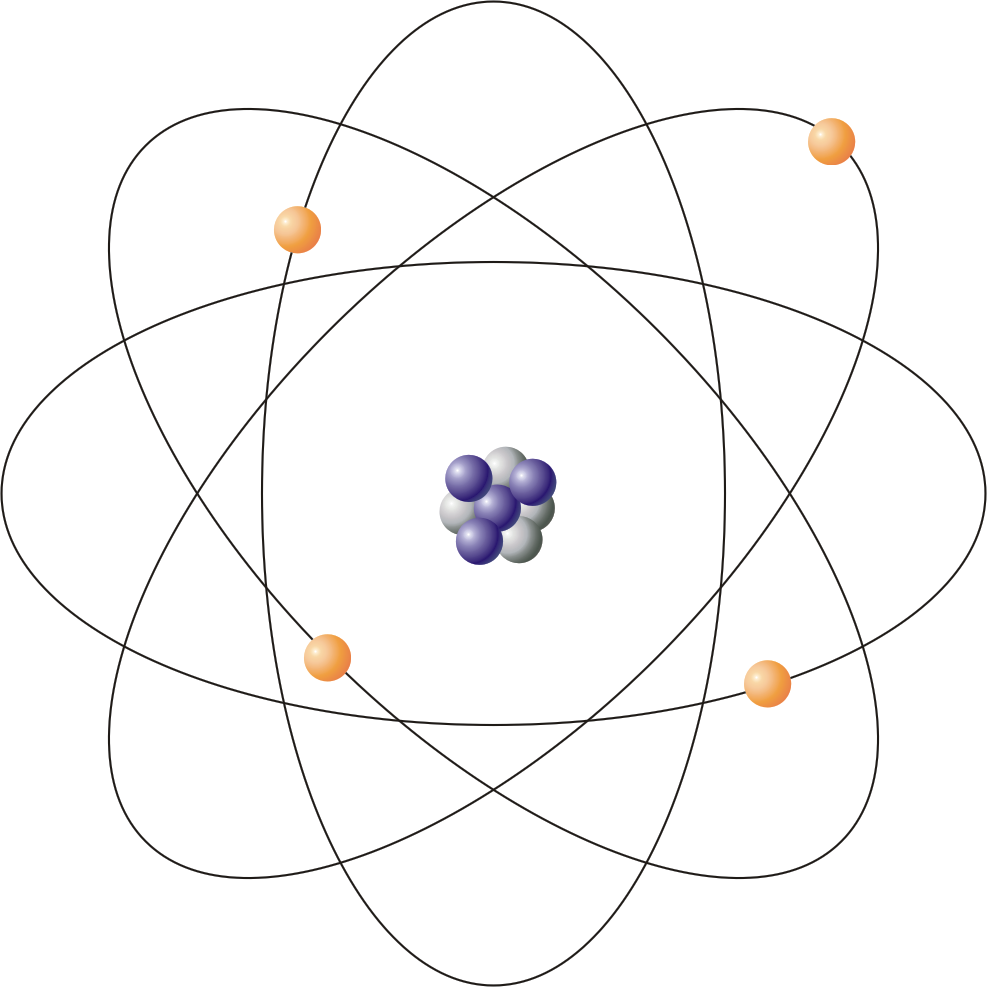In the realm of chemistry, the molecular structure of compounds is seminal in determining their properties and reactivity. A fundamental aspect of this is identifying the central atom within a molecule, which serves as the backbone for attaching other atoms. While this may seem straightforward, the intricacies underlying the selection of a central atom are profound and fascinating. This article seeks to explore the criteria for designating an atom as central, the implications of this choice, and the underlying principles that render certain atoms more favorable for this role.
To elucidate the concept, it is essential first to define what constitutes a central atom in the context of molecular geometry. Typically, the central atom is the one to which other atoms or groups of atoms are bonded, forming a molecular framework. The determination of which atom assumes this role is contingent upon several factors, which will be systematically examined.
One primary criterion for identifying the central atom is its valency. Atoms with higher valences are often prime candidates for centrality due to their propensity to form multiple bonds. For instance, carbon, with a tetravalent nature, is a prominent central atom in many organic molecules. Its ability to form four covalent bonds allows it to serve as a hub for complex molecular architectures. Conversely, atoms such as hydrogen, which possess a univalent character, typically find themselves as peripheral constituents within molecular constructions.
Beyond valency, electronegativity plays a pivotal role in determining the central atom. Electronegativity reflects an atom’s propensity to attract bonding electrons, and it often influences bond polarity and molecular stabilization. Generally, the least electronegative atom within a molecule tends to be designated as the central atom. This is exemplified in compounds such as water (H₂O), where oxygen, being less electronegative than hydrogen, serves as the central atom, leading to a bent molecular shape.
Furthermore, the steric effects surrounding the central atom must also be considered. Steric hindrance occurs when atoms interfere physically with each other’s spatial arrangement, affecting the stability and shape of the molecule. Atoms that allow for optimal spatial arrangements while minimizing steric strain are frequently selected as central atoms. For example, phosphorus in phosphate ions (PO₄³⁻) exhibits an ability to accommodate multiple oxygen atoms around it, thus allowing for a stable tetrahedral configuration.
The hybridization of atomic orbitals provides another lens through which to analyze central atoms. Hybridization results in the mixing of atomic orbitals to form new hybrid orbitals, which can facilitate the formation of more stable bonding arrangements. A classic case is seen with carbon, which undergoes sp³ hybridization in methane (CH₄), creating four equivalent bond angles of 109.5 degrees around the central carbon atom. Such considerations of bonding environment and geometry highlight why certain atoms emerge as central players within molecules.
Moreover, the presence of lone pairs on the central atom carries significant implications for molecular structure. Lone pairs occupy space and can exert repulsive forces that alter bond angles. For instance, in ammonia (NH₃), nitrogen’s lone pair causes the bond angles to compress slightly from the tetrahedral orientation, resulting in a trigonal pyramidal shape. Consequently, the influence of lone pairs mandates a careful evaluation of the central atom’s environment to predict the resulting molecular orientation accurately.
In complex molecules and coordination compounds, the central atom’s identity can also hinge upon its ability to coordinate with various ligands. Transition metals, for instance, often serve as central atoms in coordination complexes due to their ability to expand coordination numbers through d-orbital participation. For example, in the octahedral complex [Fe(CN)₆]³⁻, iron acts as the central atom surrounded by six cyanide ligands, demonstrating both its versatility and capacity for hybridization and bonding.
Understanding which atom should be designated as the central atom also opens avenues for exploring broader themes in chemistry. The study of central atoms provides insights into molecular symmetry, reactivity, and the interactions that govern biological processes. Consider the intricate role of central atoms in enzymes, where the precise orientation and electronic properties of key atoms can dramatically influence catalytic activity. Such relationships exemplify the delicate balance of nature’s design and the profound implications of atomic arrangements.
The determination of a central atom is not merely a classification exercise; it embodies a deeper understanding of molecular behavior and interactions. Whether through considering valency, electronegativity, steric effects, hybridization, or coordination preferences, the choice of a central atom provides a scaffold for exploring the rich tapestry of chemical bonding and molecular dynamics. This subject beckons further inquiry and appreciation, leading to continued fascination with the foundational building blocks that constitute our universe.
In conclusion, identifying the central atom within a molecule is a complex interplay of various chemical principles. The interplay of valency, electronegativity, steric effects, and hybridization enlightens our comprehension of molecular architecture. This exploration serves not only to guide chemists in their analyses but also to spark a greater curiosity about the fundamental constructs that underlie the world around us.












